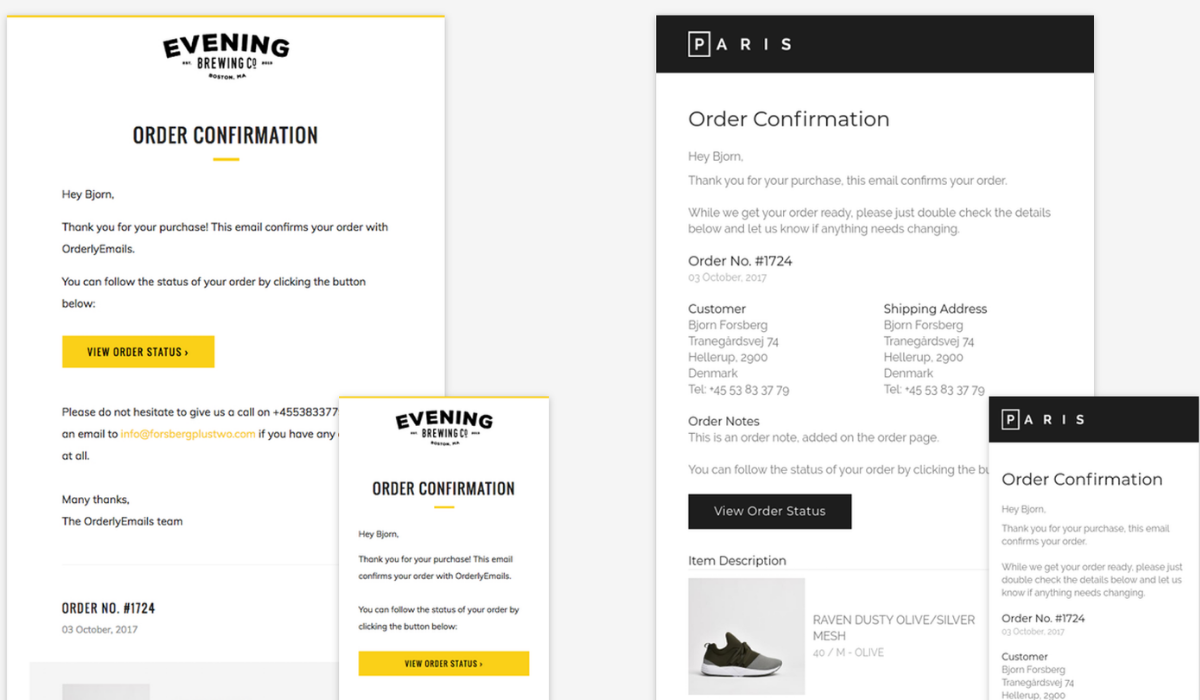5 reasons to migrate from Magento 1 to Shopify
It has to be said, there are prettier ways to term a discontinuation of software. What about decommissioning? Retiring? We quite like sunsetting.
Magento went with ‘End Of Life’ when deciding to effectively bury the first release of their e-commerce software for good. Kinda unfortunate, given what is happening around the world at the moment. Still, Magento weren’t to know the bizarre turn the world would take when it first announced the putting to bed of its hugely successful but no longer fit for purpose e-commerce solution back in 2017.
Magento merchants have had 2 ½ years to get used to the idea that their e-commerce platform will be pretty much defunct by June 2020. Yet still, remarkably, there are still 1000s of merchants still using Magento 1, some of whom may well be paralysed with indecision about whether to continue to Magento 2 or to switch platforms entirely.
As Shopify and Shopify Plus Experts, we are naturally biassed, but let us make the case as to why, instead of staying with Magento, you should really consider jumping ship entirely Sometimes, it isn’t necessarily better the devil you know.
Hosting and Security
The fact that the Shopify system is cloud-based and that all sites are securely hosted must surely be an attractive proposition to Magento merchants who, for many years now, have had to deal with the frustrations of hosting their own stores and paying in excess for this and for additional security measures.
Self-hosting brings with it other issues such as downtime as well. Shopify is famous for its 99.98% website uptime, a statistic that few can match. Add to this the up-to-date security patches (Shopify has Level 1 PCI DSS compliance - on a par with international banks) and the continual platform updates, all at a flat fee and life suddenly starts to appear easier.
Reliability and Scalability
This 99.98% uptime means that Shopify is reliable and speedy. It also means that the platform can easily cater for huge and sudden growth. If we look at the huge numbers many stores receive around BFCM, then this becomes important. Magento simply cannot handle large spikes in traffic and a Magento store can become rapidly overwhelmed.
Ease of Use
Let’s face it, Shopify’s admin is just prettier. It is also more logical and intuitive. Its drag & drop functionality means that nearly anyone can go in and make simple changes without the need for and expense of a developer.
Speed
Google recommends a page response time of under 500 milliseconds. And this is a ranking factor. Remarkably, Shopify stores average page response times of 80 milliseconds. Compare this to Magento’s 665 milliseconds 😬.
App Technology
The thousands of apps in Shopify’s app store are designed to make the merchant’s life easier. Two apps in particular that we have previously written about (LINK HERE TO PREVIOUS BLOG) - Flow and Launchpad are particularly successful in shaving hundreds of working hours off a merchant’s schedule. Flow alone in the first two years of operation saved 9.2 million man hours for Shopify merchants.
*************
Any merchants remaining on the Magento 1 platform are going to have to migrate and migrate soon. And a migration is a migration be it to a slightly improved version of their current system or to the vastly superior software that Shopify can provide. The same work is involved. If merchants are hesitating because of an unwillingness to ‘learn’ an entirely new platform again, they need not be worried. Shopify, as we stated before, is intuitive and fun and, if you get stuck, their 24/7 support is unparalleled.




